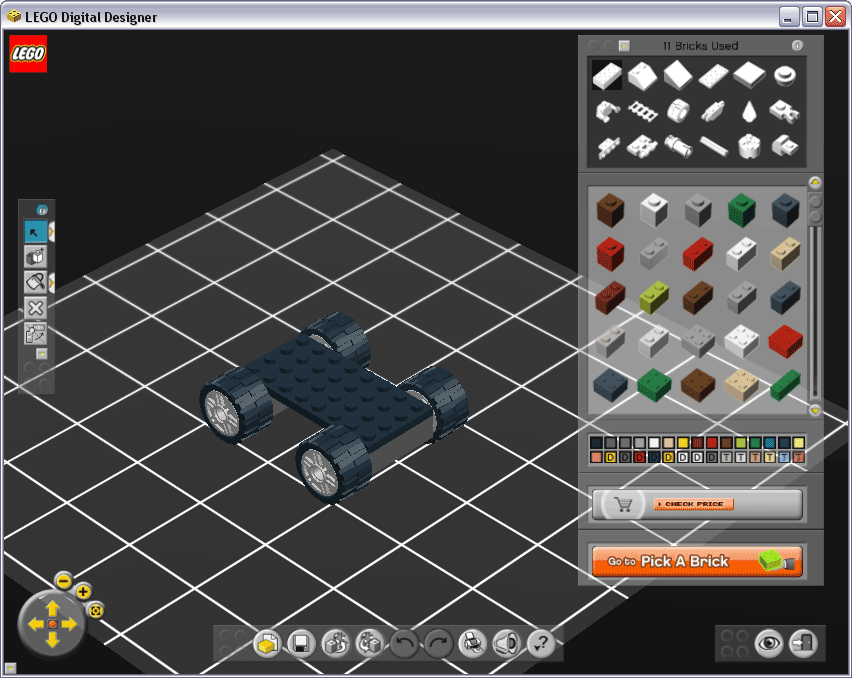

One hand was doing something that the other didn’t know.” As for its operational model, LEGO’s Press Officer in 2004 described a general lack of information flow in the company: “We had a lot of knowledge silos within the organization. Digital media and video games showed promise, but LEGO was simply not adept at developing them and saw a series of media flops with corresponding losses. In terms of the former, LEGO had diversified itself into digital mediums which distracted from its core product offering-the LEGO brick. In addition to production inefficiencies and supply chain problems, a significant contributor to this loss was the challenge posed by digital transformation, which had begun to take its toll on the company’s bottom line.Īt the core of the problem was LEGO’s misapplication of digital transformation to both its business model and its operational model.

Yet by 2004 the company was in trouble, posting a $140M loss in March of the year and announcing that it would be cutting 500 Jobs. In in the late 1990s and early 2000s, LEGO had taken massive strides into the digital space, producing several generations of interactive websites, console games, and computer media. LEGO Group, a Danish toy manufacturer, offers an example of both the challenges presented by digital technology in the world of physical products as well as the opportunities if digital trends are harnessed and effectively applied across a company’s business and operating models. Shifts in digital technology are causing widespread disruptions across many industries, and the toy industry is in no way immune.


 0 kommentar(er)
0 kommentar(er)
